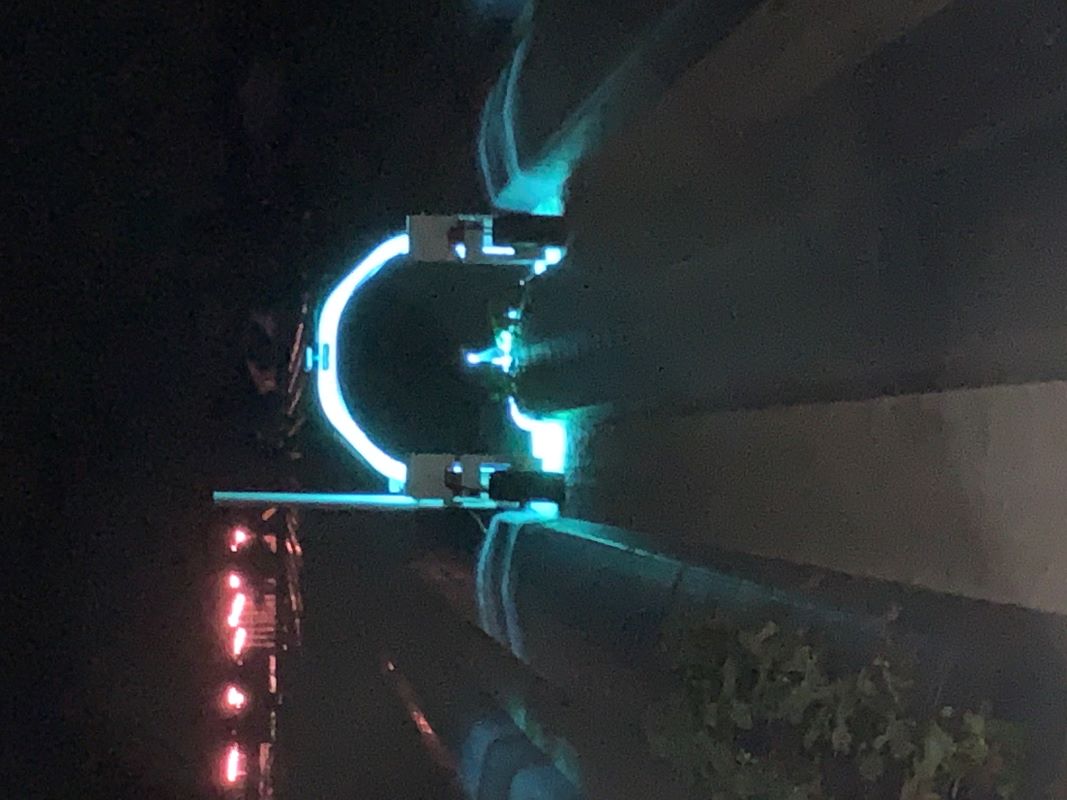Researchers warn about UV usage for strawberry pests

Ultraviolet light is commonly used along with predatory mites to help control pests that can severely damage strawberry crops, but new University of Florida research is warning about possible side effects.

Sriyanka Lahiri, a University of Florida Institute of Food and Agricultural Sciences (UF/IFAS) entomologist, first found that ultraviolet light can help thwart the twospotted spider mite.
Now, Lahiri has discovered growers can combine UV light with three predatory mite species to more efficiently keep the twospotted spider mite in check.
However, she and her team have recently found that the same UV doses that kill most spider mite eggs also kill almost 90% of predatory mite eggs.
This means that those predatory mites won’t grow to adulthood, making it impossible for them to eat the spider mites.
Related articles: LatAm banana industry fighting Fusarium RT4
According to Lahiri, the key to controlling twospotted spider mites is to use UV lights, then release adult predatory mites.
“This research finding informs growers about the limitations of using UV light in combination with predatory mites,” said Lahiri, who is also faculty member at the Gulf Coast Research and Education Center (GCREC).
Twospotted spider mites use their piercing mouths to feed on leaves and can reduce strawberry yield by 10 to 25%, a worrisome loss for any grower.
Most farmers spray chemicals on their strawberries to thwart the mites. But UF/IFAS scientists are trying to find ways to reduce growers’ use of miticides.
“This research helps combine physical and biological control strategies to help farmers avoid yield losses, without using miticide. For large-scale adoption of this technique, farmers can eventually use lightweight automated devices,” she added.
Florida’s strawberry sector reportedly generates about $400 million-a-year in revenue.











































